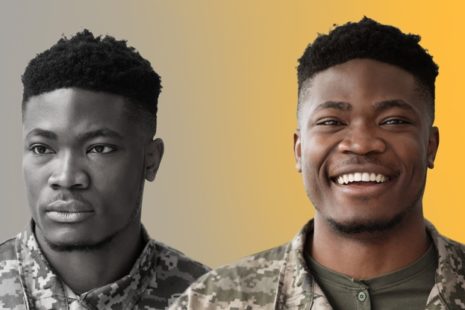The Roots of American Polarization: How Our Worldviews Drive Us Apart
This past weekend, another attempt was made on Donald Trump’s life. Do politicians benefit from polarization? Perhaps. Yet, if it is true that no person sees the world exactly as another, is the issue greater than this?
In today’s America, political and social divisions seem to be deepening by the day. To understand why, we need to look at the fundamental factors that shape our individual worldviews. By examining how biases, education, family of origin, and culture influence our perspectives, we can see how these differences contribute to the polarization that defines much of contemporary American society.
The Power of Bias
Biases are inherent in human cognition, serving as mental shortcuts that help us navigate an ever changing world. However, these same biases can lead us astray, particularly in our increasingly divided society:
- Confirmation bias: We tend to seek out information that confirms our existing beliefs while dismissing contradictory evidence. In the age of personalized news feeds and echo chambers, this bias is amplified, leading people to become even more entrenched in their views.
- In-group bias: We naturally favor those who we perceive as similar to ourselves. This bias can fuel tribalism in politics, making it difficult to empathize with or understand those who hold different views.
- Negativity bias: We’re more likely to remember and be influenced by negative experiences and information. This can lead to an overly pessimistic view of opposing groups and their intentions.
The Role of Education
Education plays a crucial role in shaping our worldviews, but it can also contribute to polarization:
- Disparities in educational quality and access: Unequal access to quality education can lead to vastly different understandings of history, science, and civic processes.
- Ideological leanings in education: Some argue that certain educational institutions or curricula have political biases, which can shape students’ worldviews in divergent ways.
- Critical thinking skills: While education should ideally foster critical thinking, gaps in these skills can make individuals more susceptible to misinformation and extreme viewpoints.
Family of Origin: The First Lens
Our families provide the initial framework through which we view the world:
- Political socialization: Children often adopt their parents’ political views, at least initially. In a polarized society, this early influence can set individuals on divergent paths from an early age.
- Socioeconomic factors: Family economic status significantly impacts opportunities, experiences, and resulting worldviews.
- Generational differences: As society changes rapidly, generational gaps in values and beliefs within families can contribute to broader societal divisions.
The Cultural Divide
America’s diverse cultural landscape, while a source of strength, can also fuel division:
- Urban vs. rural divide: The stark differences in lifestyle, values, and political leanings between urban and rural areas contribute significantly to polarization.
- Religious and secular worldviews: The varying importance placed on religion in different communities can lead to fundamentally different approaches to social and political issues.
- Racial and ethnic experiences: America’s history of racial inequality and ongoing disparities lead to vastly different lived experiences and perspectives among various racial and ethnic groups.
- American voters are less ideologically polarized than they think they are, and that misperception is greatest for the most politically engaged people.
The Amplification Effect
These factors don’t exist in isolation; they interact and reinforce each other. A person’s biases influence their educational choices, which in turn shape their cultural affiliations. Family background affects educational opportunities, which impact future socioeconomic status. This interconnected web of influences can create deeply entrenched worldviews that are difficult to bridge.
The Path Forward
Understanding these roots of polarization is crucial for addressing the divide. Potential solutions might include:
- Promoting diverse educational experiences that expose individuals to different perspectives.
- Encouraging media literacy to help combat the effects of bias and misinformation.
- Creating opportunities for meaningful cross-cultural and cross-ideological dialogue.
- Addressing systemic inequalities that contribute to divergent life experiences.
By recognizing how our worldviews are formed and actively working to broaden our perspectives, we can begin to bridge the divides that currently define American society. The path to a more united nation lies not in ignoring our differences, but in understanding their origins and finding common ground despite them.







